Rod Carew
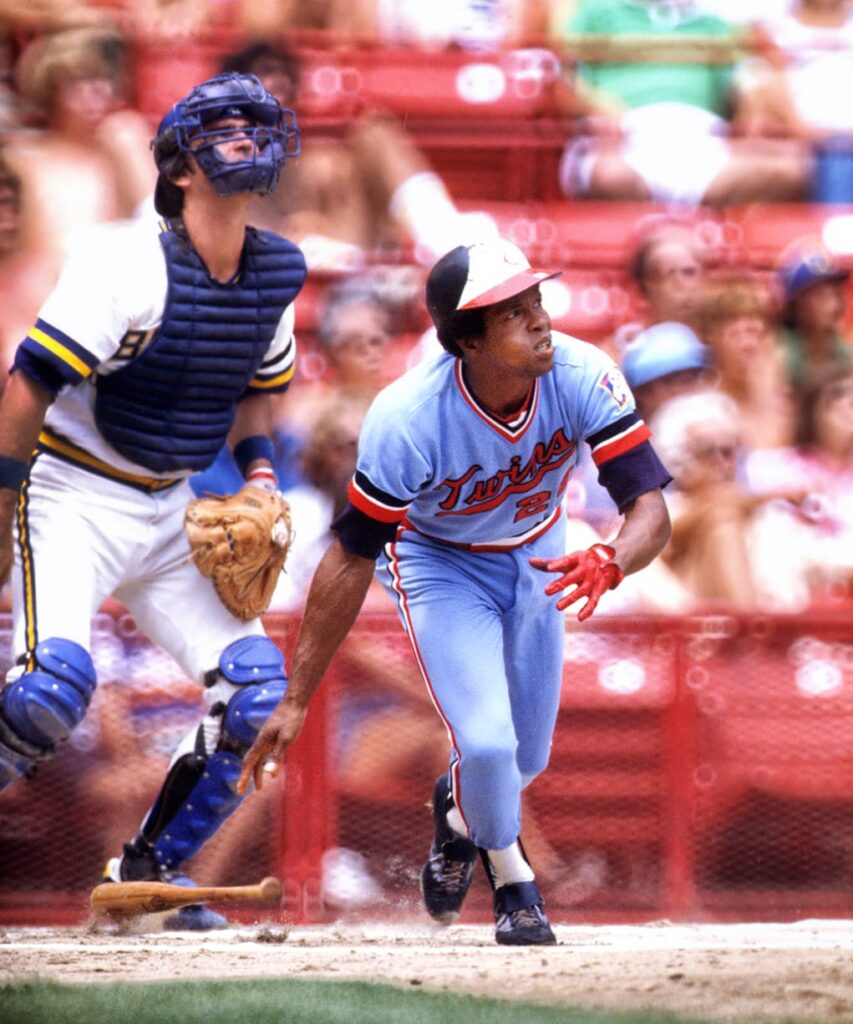
| Birthdate | 10/1/1945 |
| Death Date | |
| Debut Year | 1967 |
| Year of Induction | 1991 |
| Teams | Angels, Twins |
| Positions | First Base, Second Base |
Former MVP and seven-time batting champion, Rod Carew was selected to the All Star game every year but his final Major League season.
Leave a commentIn the collection:
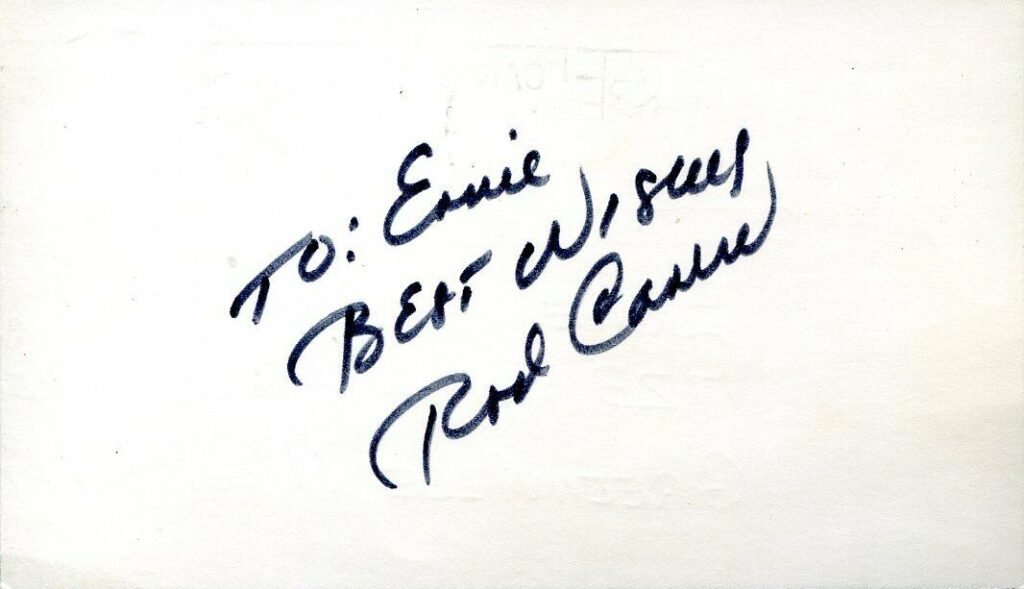
Rod Carew had immediate success as Rookie of the Year and All Star in 1967
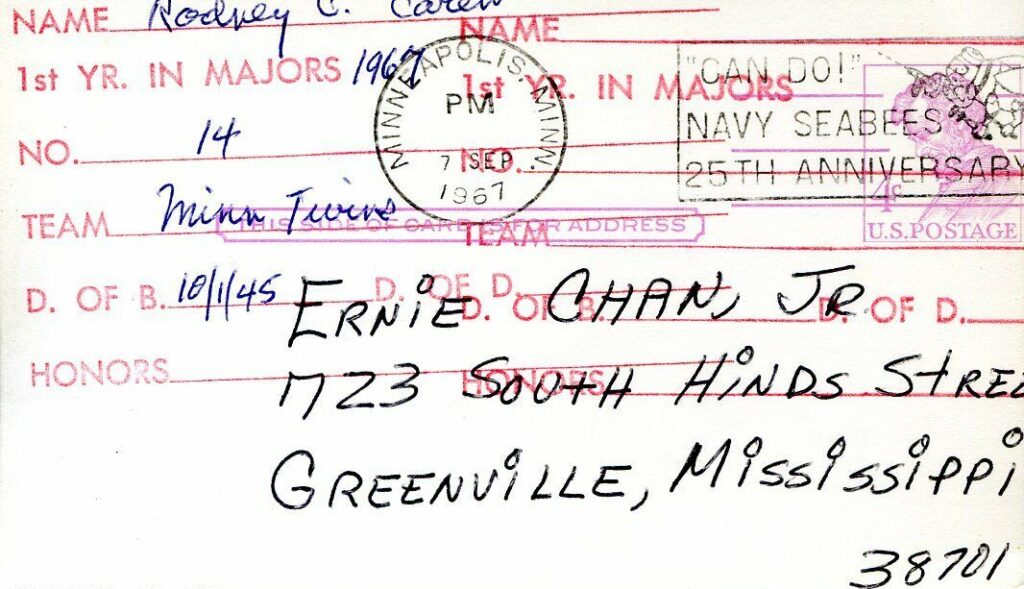
Government postcards provide great context for autograph collectors
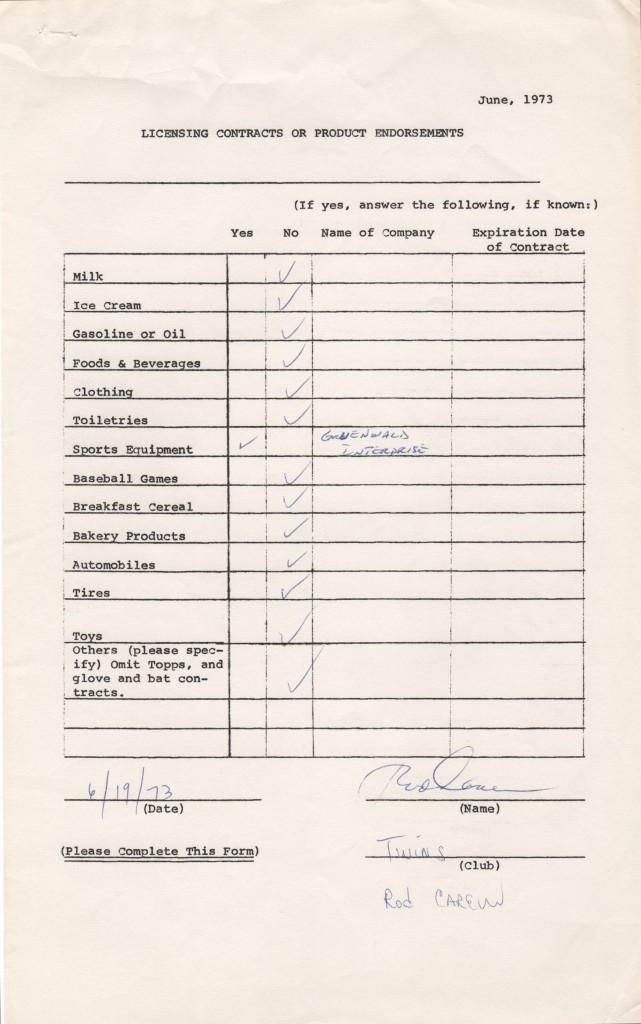
Rod Carew won 7 American League batting titles with the Minnesota Twins
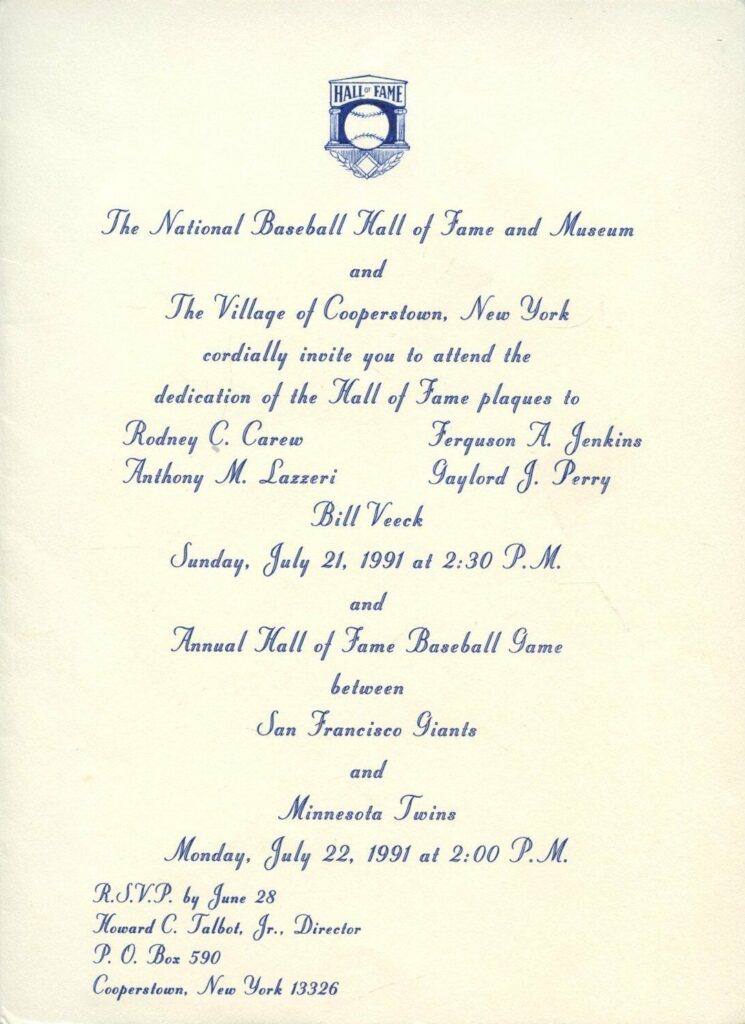
A first-ballot Hall of Famer, Carew finished with 3,053 hits and a .328 career average
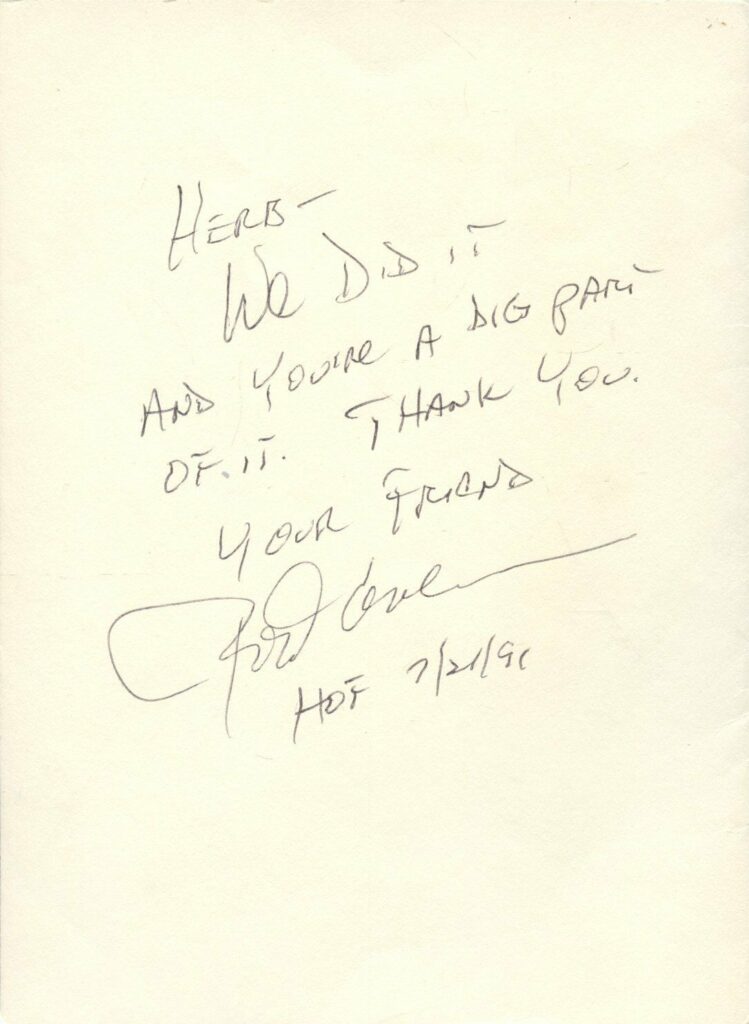
Rod Carew's professional career was complete when he received his plaque from the Hall
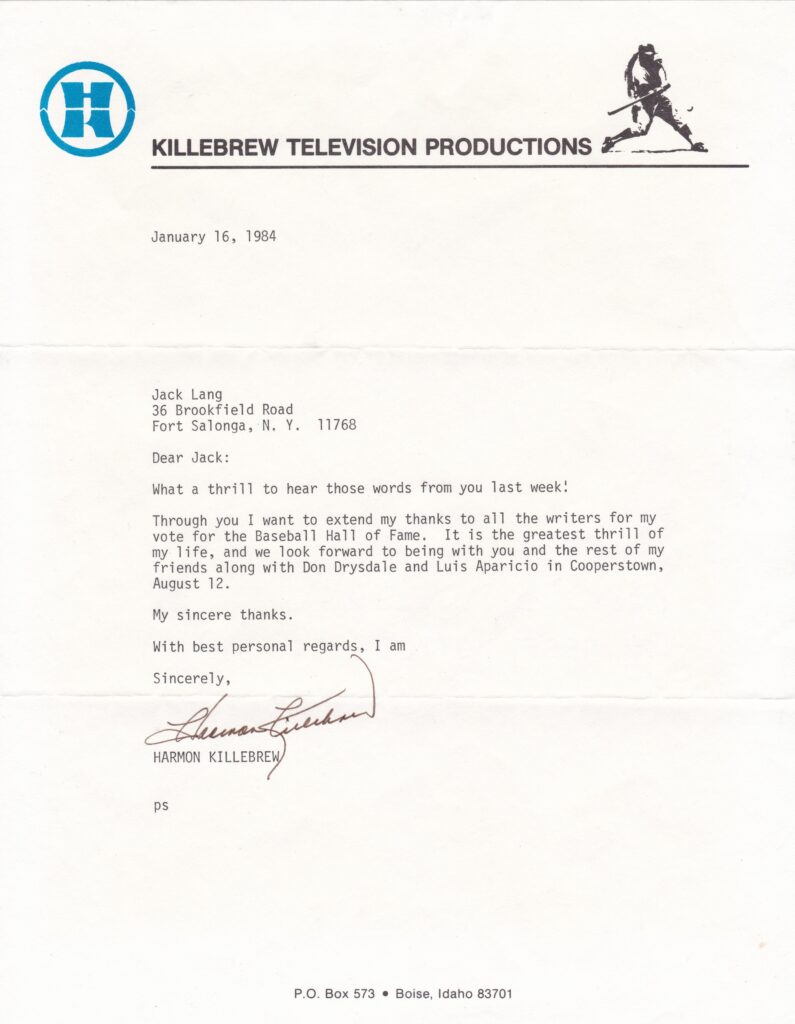
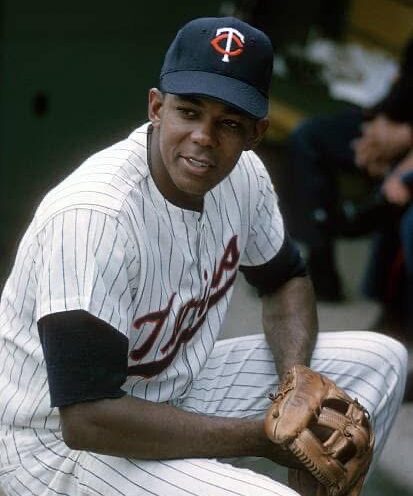
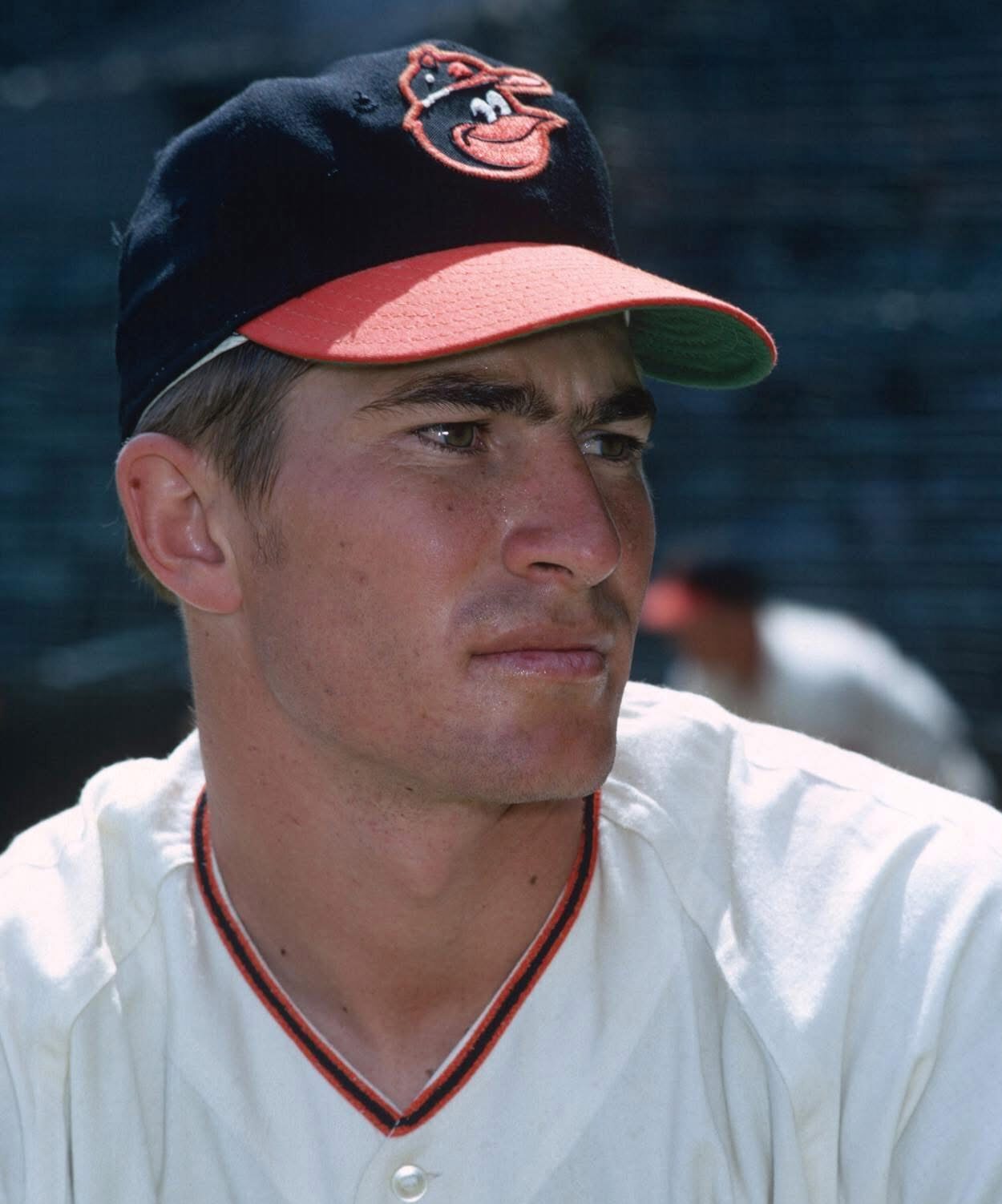
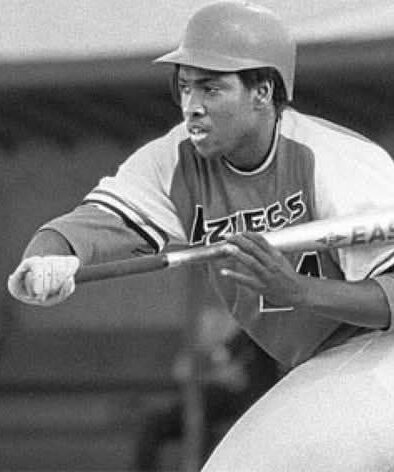
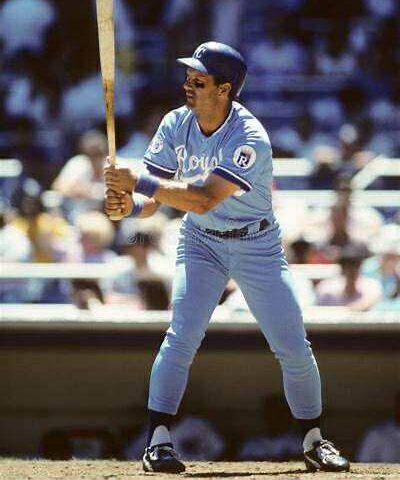

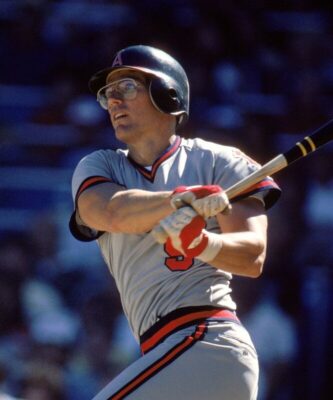
DIDN’T ROD CAREW, AT ONE POINT IN HIS CAREER, HAVE A BATTING AVG OF 400? AT LEAST BRIEFLY.?